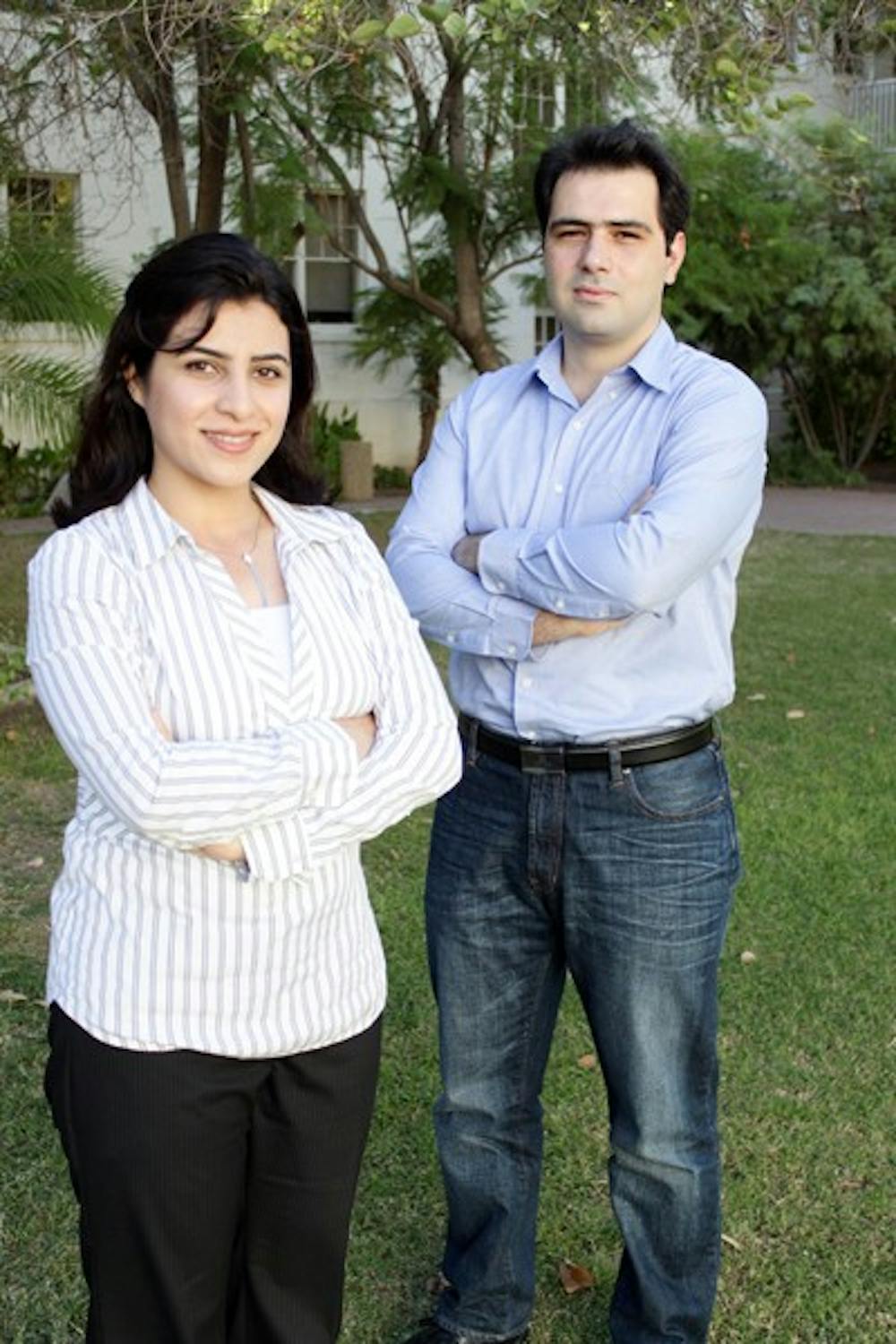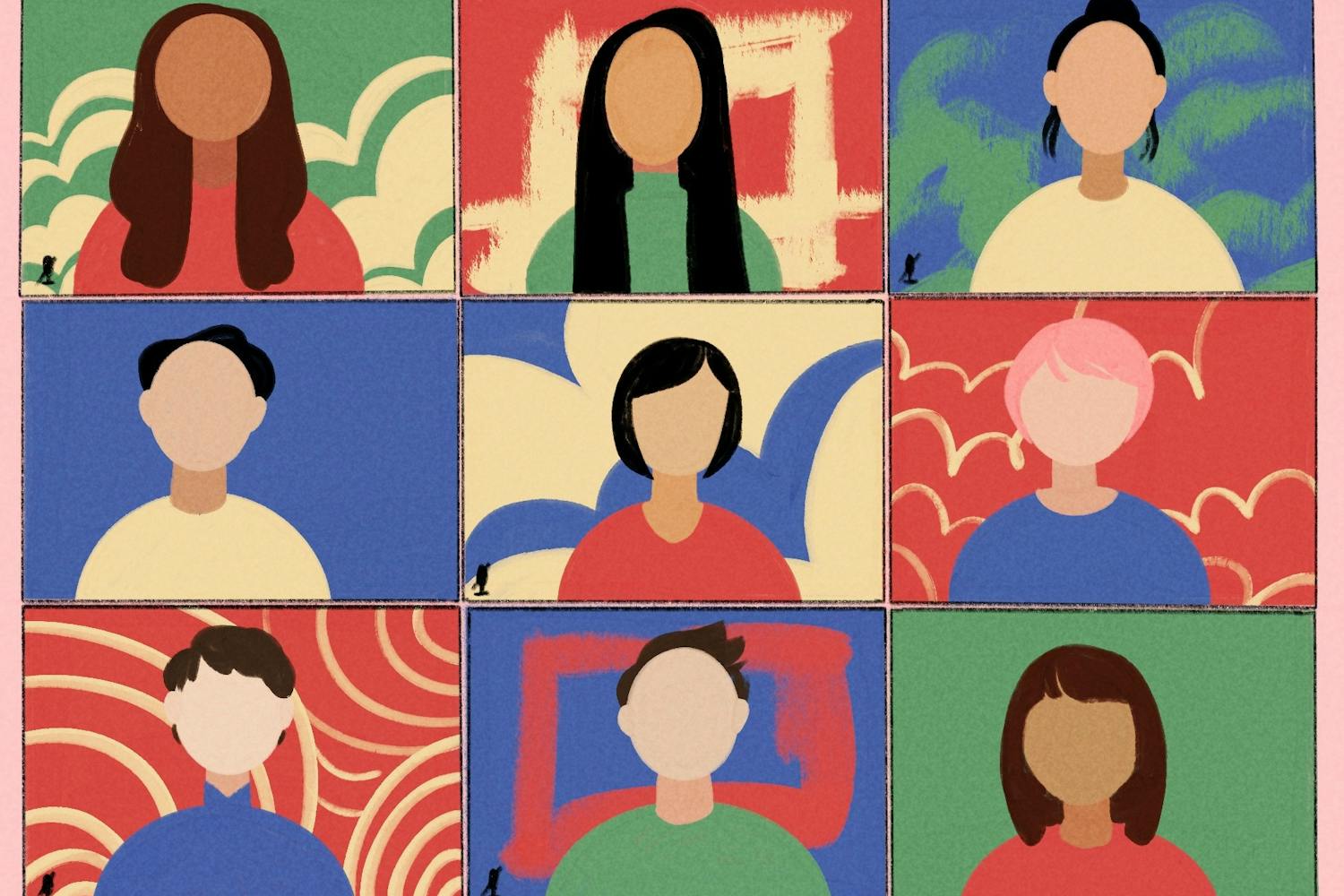For the past two months Ehsan Emadzadeh and Azadeh Nikfarjam have been reading hundreds of notes left behind by people who decided to take their own lives.
The biomedical informatics graduate students will represent ASU in the annual Medical Natural Language Processing Challenge, an international competition that focuses on a new topic each year.
The 2011 competition will focus on a decidedly woeful social issue that takes the lives of more than 1 million people all over the world every year, including 36,000 Americans: suicide.
Emadzadeh and Nikfarjam are in the process of analyzing 900 suicide notes left behind by deceased victims whose families have allowed for the notes to be used for the competition.
Emadzadeh and Nikfarjam’s assignment is to identify and categorize the spectrum of emotions that are contained within each note.
“Our main goal here is suicide prevention,” Nikfarjam said. “Clearly this has become a major issue in our society and we hope our research here will help to correct it,” Nikfarjam said.
Emadzadeh said their research will be able to better illustrate the victim’s mental state.
“It’s always difficult to find the real meaning of these notes when digging through the pain of these people,” he said. “We follow any method we can to better identify what we are looking at. Our job is to find the clues other people may have missed.”
Each of the teams build their own unique systems for classifying the suicide notes. The team with the best process is invited to illustrate their work at a later time in October.
“At times it’s a very difficult thing to do,” Nikfarjam said. “These people pour out their souls in these notes and our job is to classify it as data. From reading these notes, I’ve come to the belief that everyone should find ways to participate in suicide prevention, not just those researching it.”
It’s estimated that 12 to 20 percent of all suicides are accompanied by a note, according to the aggregated reference website Absolute Astronomy. The most frequent reason that a person will choose to leave a suicide note behind generally revolves around guilt over a series of events or the need to express feelings that the person felt and was unable to express in life. It’s also common for the notes’ content to be in the form of a plea for absolution or the blaming of family and friends for the failures of the victims life.
So far, Emadzadeh and Nikfarjam have managed to take the wide-ranging spectrum of emotions they’ve identified in the suicide notes and divide them into 15 specific categories including fear, happiness, guilt and blame. Surprisingly, not all of these emotions are negatively based.
“We’ve found evidence of pride, thankfulness and happiness,” Nickfarjam said. “Sometimes the victim chooses to talk about the good things in their life such as their children. They’ll choose to leave positive parting messages as opposed to simply talking about the aggravating factors that drove them to that point. These are also usually the hardest to read.”
Reach the reporter at mjgordo1@asu.edu
Click here to subscribe to the daily State Press newsletter.





